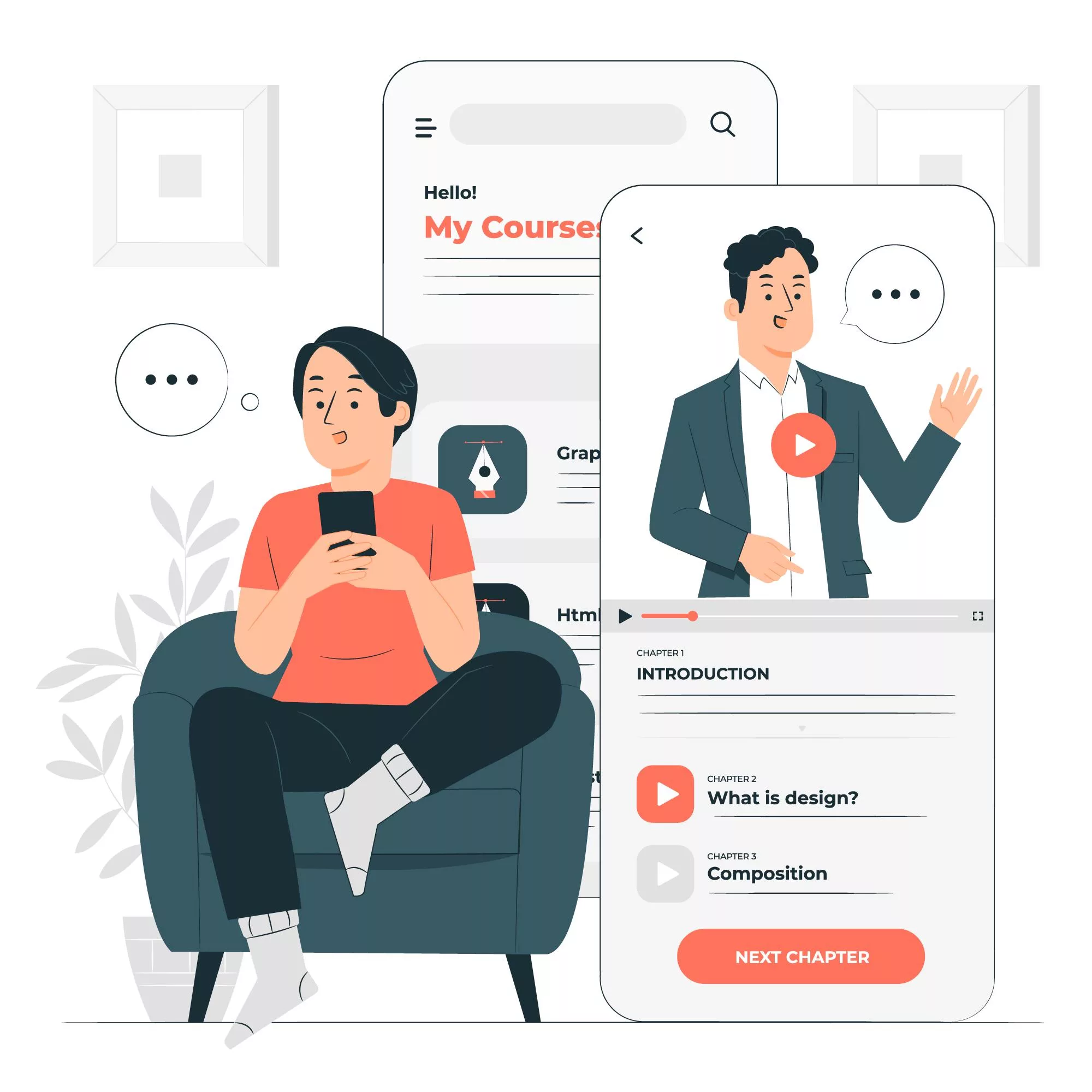Mobile learning is the future of eLearning. With the increasing popularity of smartphones and tablets, more and more learners are looking for ways to access eLearning content on the go.
Learning on mobile offers a number of advantages over traditional eLearning. It is more convenient, as learners can access content from anywhere with an internet connection. It is also more engaging, as learners can interact with content in a variety of ways, such as through quizzes, simulations, and games.
In addition, m-learning is more personalized. Learners can choose the content that they want to learn, and they can learn at their own pace.
Here are some of the key trends and innovations that are shaping the future of mobile learning:
- The rise of smartphones and tablets: The increasing popularity of smartphones and tablets is driving the growth of mobile learners. These devices are always with us, so we can learn anywhere, at any time.
- The development of new mobile learning platforms: There are a number of new mobile learning platforms that are making it easier for learners to access and interact with eLearning content. These platforms offer a variety of features, such as offline access, social learning, and personalized recommendations.
- The use of mobile-friendly content: Mobile-friendly content is content that is specifically designed for smartphones and tablets. This content is easy to read and navigate, and it takes advantage of the features of mobile devices.
In addition to these trends, there are a number of other factors that are contributing to the growth. These factors include:
- The increasing demand for lifelong learning: People are living longer and working longer, so there is a growing demand for lifelong learning opportunities. Learning on mobile is a convenient and accessible way for people to learn new skills and knowledge.
- The changing nature of work: The workplace is becoming more mobile, and many jobs now require workers to be able to access information and learn new skills on the go. Learning on mobile is a perfect solution for these workers.
- The growing popularity of social media: Social media is a powerful tool for learning, and m-learning makes it easier for learners to connect with each other and share their learning experiences.
The future of mobile learning is bright. As the trends and factors listed above continue to evolve, m-learning will become even more popular and widespread. This will make it possible for learners to access high-quality education from anywhere in the world, regardless of their background or location.
Here are some specific examples of how mobile learning is being used today:
- In the corporate world: Many companies are using m-learning to train their employees. This allows employees to learn new skills and knowledge on the go, which can help them to be more productive and successful.
- In the education sector: Mobile learning is being used in schools and universities to deliver courses and provide support to students. This can help students to learn at their own pace and in a way that suits their learning style.
- In the healthcare sector: Mobile learning is being used to train healthcare professionals. This allows them to learn new skills and knowledge quickly and easily, which can help to improve patient care.
These are just a few examples of how mobile learning is being used today. As the technology continues to evolve, we can expect to see even more innovative and creative ways of using mobile learning in the future.
Here are some tips for creating effective mobile learning content:
- Keep it short and to the point: Mobile learners are busy people, so they don’t have time to sit through long, drawn-out courses. Keep your content short and to the point, and use clear and concise language.
- Use interactive elements: M-learning is more engaging when it is interactive. Use quizzes, simulations, and games to keep learners engaged and motivated.
- Make it mobile-friendly: Your content should be designed for mobile devices. This means using large fonts, clear layouts, and easy-to-use navigation.
- Test your content on mobile devices: Before you launch your mobile learning course, make sure to test it on a variety of mobile devices. This will help you to ensure that your content is compatible with all devices and that it looks good on all screen sizes.


